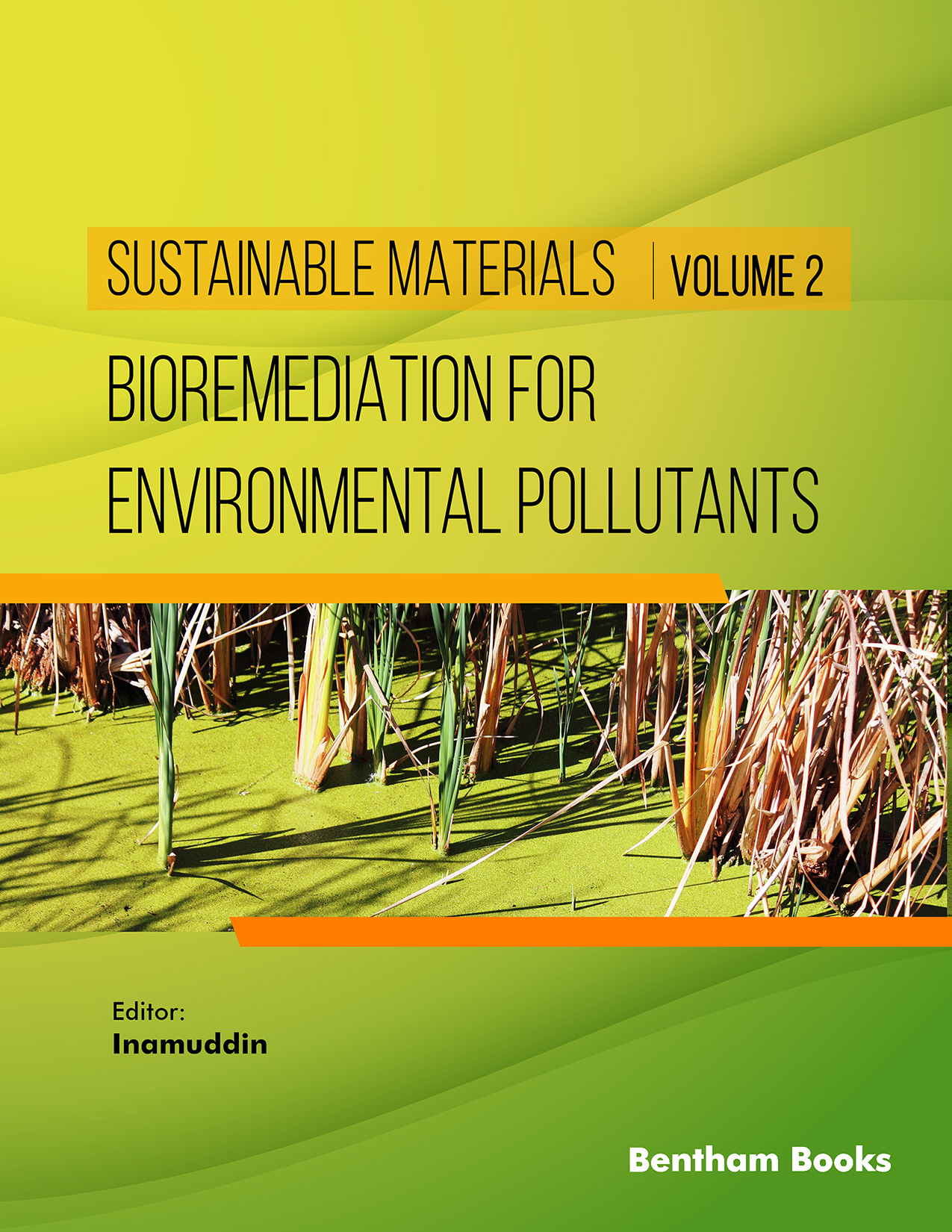Microbial Degradation of Sodium Polyacrylate Present in Diapers

- Authors: Deepa G. Muricken1, Shinomol George2
-
View Affiliations Hide AffiliationsAffiliations: 1 Department of Biochemistry, St. Marys College, Trissur, Kerala, India 2 Department of Neurochemistry, NIMHANS, Bengaluru, Karnataka, India
- Source: Bioremediation for Environmental Pollutants , pp 357-372
- Publication Date: June 2023
- Language: English
Sodium polyacrylate is widely used in many fields, including agriculture, sanitary products, drug delivery, wastewater treatment plants, etc. Since polyacrylamides (PAM) are produced and used in bulk quantities, they have higher rates of mobility in the environment when polymers are degraded. They can create potential challenges for water supplies as well as wastewater treatment plants, and hence their disposal and degradation in nature is a significant issue. Various modes of degradation include mechanical, chemical, photolytic, and biological methods. In the biological model, microorganisms are used, either aerobic or anaerobic. Both bacteria and fungi seem to contribute to this cause; however, the enzymology and detailed pathway of their degradation steps are still being researched, and various hypotheses are available. Although enzyme amydases are found to be involved, there are speculations about the role of other enzymes as well. Various methods, including fenton oxidation, low glucose exposure, zinc oxide, and UV irradiation, are tried to enhance the biodegradation of polyacrylamide and polyacrylates. In this book chapter, we have included our own preliminary study results in this area. Further studies are required to fully elucidate the mechanisms and create a suitable consortium of microorganisms. <br>
-
From This Site
/content/books/9789815123524.chapter-13dcterms_subject,pub_keyword-contentType:Journal105


